

Image courtesy of ClimaPannonia project
Last month our Calculator Development Officer Grace Wardell was at the Methane Connect Summit 2025 in Paris, France.
Bringing together dairy supply chains, researchers and farmer representatives, the conference looked toward the practical realities of reducing on-farm enteric methane (CH₄) emissions – with a lot of the talk around feed additives, good quality silage and the trend towards insetting within the dairy industry.
The science behind reducing enteric methane
With talks from leading researchers such as Dr. Andre Bannink (Senior Scientist on Ruminant Nutrition & Mathematical Modelling at Wageningen Livestock Research), a recurrent focus was the correlation between feed quality and methane reduction. The consensus is that by increasing the organic matter digestibility of the feed, you can tweak the rumen microbiome, which results in less enteric methane being produced.
- Silage Quality: Good quality silage is key to reduction – an increased digestibility of silage and forage = reduced methane. Specifically, the “1st cut” of silage is noted for being the highest in omega-3s.
- The Power of Fats: Fatty acids and omega-3s significantly affect the rumen microbiome. Research suggests that a 1% increase in fat in dietary dry matter (DM) can lead to a 4–5% reduction in methane.
Feed additives: beyond Bovaer
While there was some discussion regarding NOP-3 (Bovaer), the conversation was heavily dominated by other additives, particularly the role of using linseed/flax or other plant-based feed additives to reduce enteric methane. Danone, for example, is conducting trials to see if a 9% reduction in enteric CH4 can be achieved and integrated into their supply chains. Other research showed evidence of published studies that outlined ~9% reductions. Outlined below are two feed additives that were discussed on the day:
| Product Name | Active ingredient | Application | Impact (CH4 reduction) | Notes |
|---|---|---|---|---|
| Agolin | ‘Blend of essential oils’ | 1g/head/day mixed into mineral feed | Alters rumen microbial activity reducing CH4 by 8.8% | Used in Mooh’s offsetting carbon credit scheme for reducing enteric methane emissions. There may also be other health benefits. |
| Tradilin | Pressure cooked Linseed | ~500g/head/day | Leads to a progressive release of omega-3 in the rumen of dairy cows, mimicking the behaviour of fresh grass. Reduces CH4 by 9% | Other health benefits beyond CH4 reductions include: • increased milk production (1.5-3 litres more milk per cow per day • -10% ketosis and -3% metritis • -10 days of calving interval • 5 – 11 days earlier first calving for the heifers born from a cow fed Tradilin |
Feed additive products that mitigate EM
Rewarding farmers – the financial benefits of insetting vs offsetting
One of the emerging trends at the conference was the dairy industry’s shift toward insetting emissions reductions within the dairy supply chain. However, there was also evidence of carbon credit offsetting schemes that had been set up by dairy supply chains to reward their farmers for undertaking measures to reduce methane. If you’re unsure about the distinction between these two financial avenues, check out our report on the Voluntary Carbon Market and the implications for farmers.
Outlined below are some key takeaways in the comparison between Arla’s insetting-based incentive model and Mooh Coop’s offsetting-based incentive model:
Arla insetting based incentive model
- Arla’s sustainability roadmap is heavily based on SBTi targets – where 97% of their emissions are Scope 3
- 10% of their emissions reduction targets for on-farm mitigation strategies are around feed additives
- They have their own Farm Ahead tool to measure carbon footprints and other sustainability measures on farms
- They use a points based system across a range of farm metrics (not just carbon) to reward their farmers with payments, utilising 5 big KPIs to rate the farms
Mooh Coop offsetting based incentive model
- Farmers who use the Agolin feed additive can monetise their emissions reductions by generating reductions carbon credits
- Mooh use the Verra carbon standard methodology for enteric methane reductions, and liaise with South Pole to help help sell the credits
- This can be a relatively long process process ~ e.g. 1 year
- Mooh anticipates sales, so they pay farmers upfront and get paid back once the credits are sold
- Farmers sign an agreement that states they can’t claim to have reduced their carbon emissions and milk that’s sold is not marketed as low carbon to avoid double counting
- 500 active farms – total of 20,000 cows in scheme
- Mooh acknowledged that the dairy industry is going more towards insetting

Data quality and trust in carbon tools
Dr Eleanor Durrant from Cool Farm Tool also did a short talk on the LUNZ project (Land Use for Net Zero), a multi-partner collaboration we’re proud to be part of with Agrecalc and researchers at Cranfield University and the University of Gloucestershire. This project aims to develop and evaluate a scalable, auditable farm and food-level GHG accounting framework for UK land use.
You can read more about our latest improvements to the FCT Calculator and how we are keeping it up to date with the latest science here.


























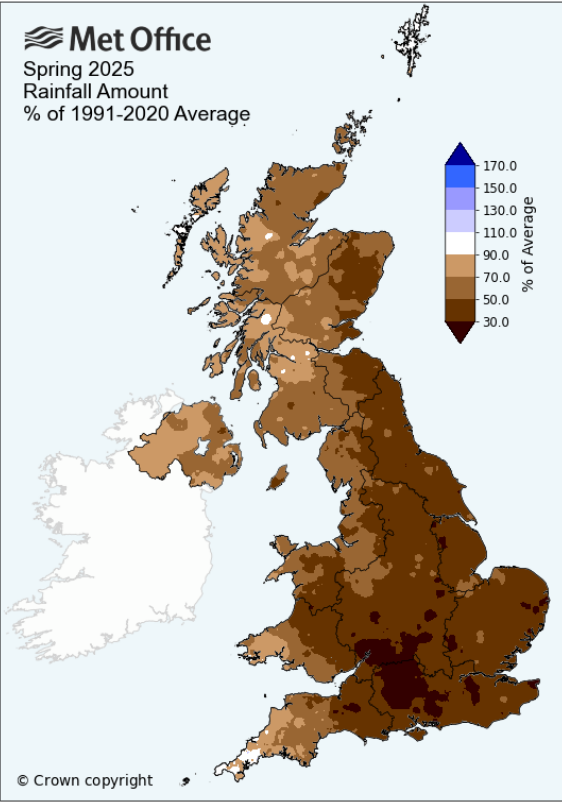
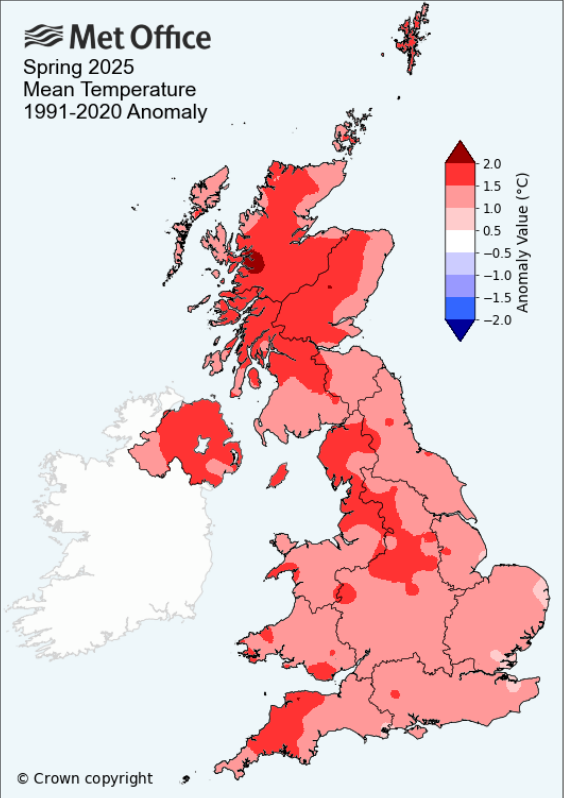
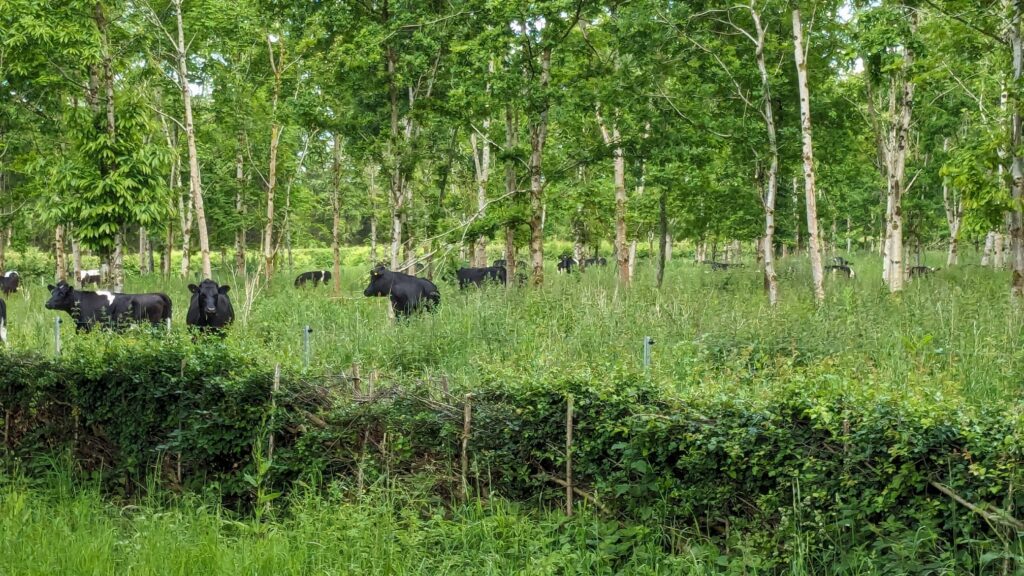
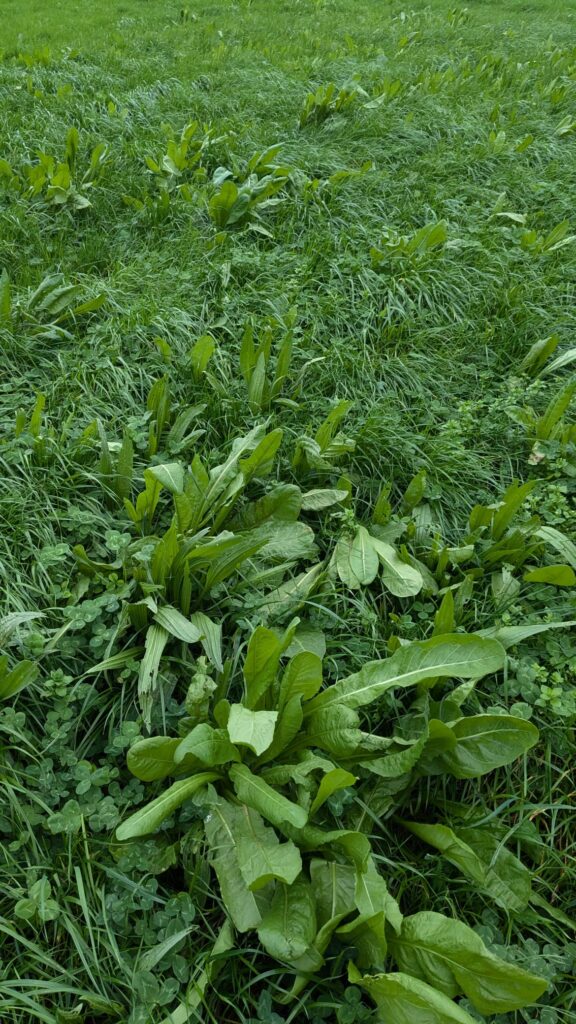
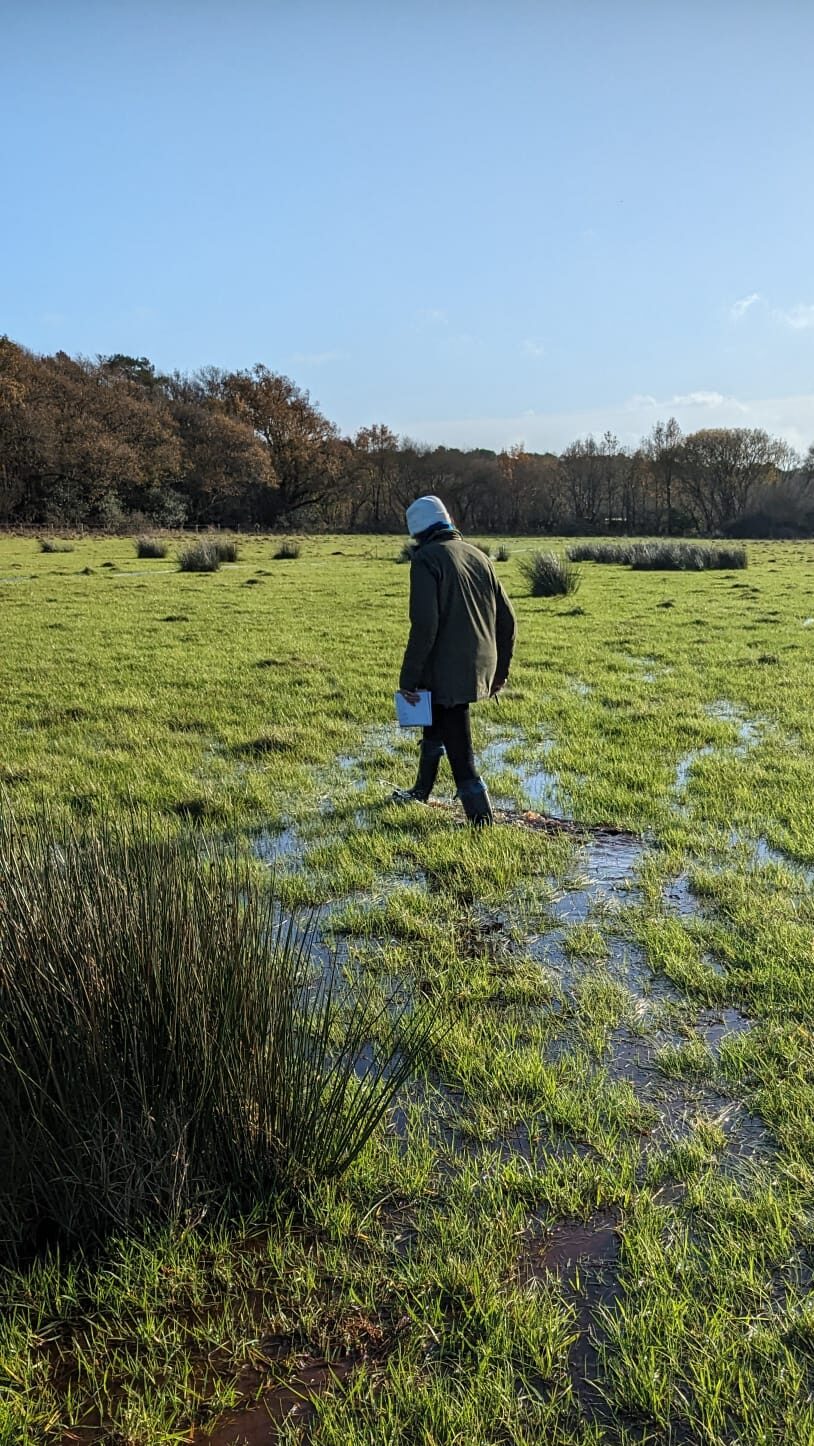


Recent Comments